Yan-Ru Lin
- Name
- Dr. Yan-Ru Lin
- Institution
- Oak Ridge National Laboratory
- Position
- R&D Associate Scientist
- Affiliation
- Oak Ridge National Laboratory
- h-Index
- 11
- ORCID
- 0000-0003-3999-1473
- Biography
Yan-Ru Lin is a R&D associate scientist at Oak Ridge National Laboratory in the Radiation Effects and Microstructural Analysis Group (REMAG). His research primarily focuses on understanding the effects of radiation damage in nuclear materials under neutron and ion irradiation, with a particular emphasis on employing transmission electron microscopy.
- Expertise
- In Situ Ion Irradiation, Ion-Irradiation, Neutron Irradiation, Post-Irradiation Examination (PIE), SEM, STEM
|
"Bubble formation in helium-implanted nanostructured ferritic alloys at elevated temperatures"
Yan-Ru Lin,
Acta Materialia
Vol. 217
2021
117165
Link
Helium bubble formation was examined by scanning/transmission electron microscopy (S/TEM) in Fe-9/10Cr binary alloys and two dispersion strengthened nanostructured alloys (CNA3 and 14YWT containing 5–10 nm diameter carbide and oxide particles, respectively) after ex-situ and in-situ He implantation to ~10,000 appm at 500 to 900 °C. The combination of high-resolution STEM images and electron energy loss spectroscopy (EELS) revealed that the Y-Ti-O nanoparticles in 14YWT were uniformly distributed and exhibited a one-to-one relationship for bubble attachment to the nanoclusters. In the in-situ experiment at 900 °C, grain boundary cracking was severe in the Fe-10Cr model alloy, but not in the nanostructured alloys. From 500 to 900 °C, the bubble size generally increased with increasing irradiation temperature, while the bubble density decreased with increasing temperature. At the same temperatures, the bubble size in the implanted materials was in the order of Fe-9/10Cr > CNA3 > 14YWT, while the bubble density showed the opposite order. The observed bubble number densities for the nanostructured alloys are comparable to the nanoparticle density, suggesting that the nanoparticles in both alloys were effective in trapping He. Our results indicate that very high He concentrations can be managed in nanostructured alloys by sequestering the helium into smaller bubbles (which leads to a lower volume swelling value) and to shield He from the grain boundaries. This can be attributed to the much higher sink strength associated with the nanoclusters or the He trapping ability between different types of nanoclusters. |
||
|
"Dynamic observation of dual-beam irradiated Fe and Fe-10Cr alloys at 435°C"
Yan-Ru Lin,
Acta Materialia
Vol. 209
2021
116793
Link
The attractive mechanical properties and superior resistance to void-swelling make ferritic/martensitic alloys a promising structural material for advanced nuclear reactors. However, one anomaly that has intrigued researchers for more than 50 years is the proportion of two types of dislocation loops in Fe and Fe-Cr alloys with Burger vectors b=½<111>; and b=<100>. Although the possible mechanisms responsible for the presence of <100> loops continue to be the subject of intense modeling studies, there remains incomplete experimental understanding of fundamental irradiation processes in Fe(Cr) alloys. Here, the dose dependence of the irradiation-induced microstructural evolution was examined from 0 to 20 displacement per atom (dpa) in high purity Fe and Fe-10Cr during simultaneous dual-beam (1 MeV Kr + 10 appm He/dpa) irradiation at 435 °C. We experimentally revealed that the mechanism for the formation of <100> loops may not follow the conventional simple dislocation reaction between two ½<111> loops. Real-time dynamic formation and evolution of defects including black dot loops, loop coarsening, loop decoration, network dislocations, and cavities were demonstrated. Several results indicated that the addition of Cr and He could impede dislocation loop motion. The evolution of the defect size/density and relative fraction of ½<111> vs <100> loops were quantitatively summarized. With increasing dose, ½<111> loops became the dominant type of loop in both materials. Notably, <100> loops were predominantly observed near grain boundaries only for pure Fe, while arrays of nanoscale black dot defects composing the <100> loop strings were observed in plenty in Fe-10Cr. |
| "Bubble formation in helium-implanted nanostructured 14YWT and CNA ferritic alloys at elevated temperatures" Yan-Ru Lin, NuMat October 14-18, (2018) | |
| "Dynamic observation of dual-beam irradiated Fe and Fe-10Cr alloys" Yan-Ru Lin, NuMat October 26-30, (2020) |
| RTE 1st Call Awards Announced - Projects total approximately $1.4 million These projects will continue to advance the understanding of irradiation effects in nuclear fuels and materials in support of the mission of the DOE-NE. Friday, February 8, 2019 - Calls and Awards |
NSUF Profile
This NSUF Profile is 100
NSUF Author
Authored an NSUF-supported publication
NSUF Presenter
Presented an NSUF-supported publication
NSUF Submitter
Submitted an RTE Proposal to NSUF
NSUF Researcher
Awarded an RTE Proposal
NSUF Collaborator
Collaborated on an RTE Proposal
NSUF Reviewer
Reviewed an RTE Proposal
About Us
The Nuclear Science User Facilities (NSUF) is the U.S. Department of Energy Office of Nuclear Energy's only designated nuclear energy user facility. Through peer-reviewed proposal processes, the NSUF provides researchers access to neutron, ion, and gamma irradiations, post-irradiation examination and beamline capabilities at Idaho National Laboratory and a diverse mix of university, national laboratory and industry partner institutions.
Privacy and Accessibility · Vulnerability Disclosure Program

